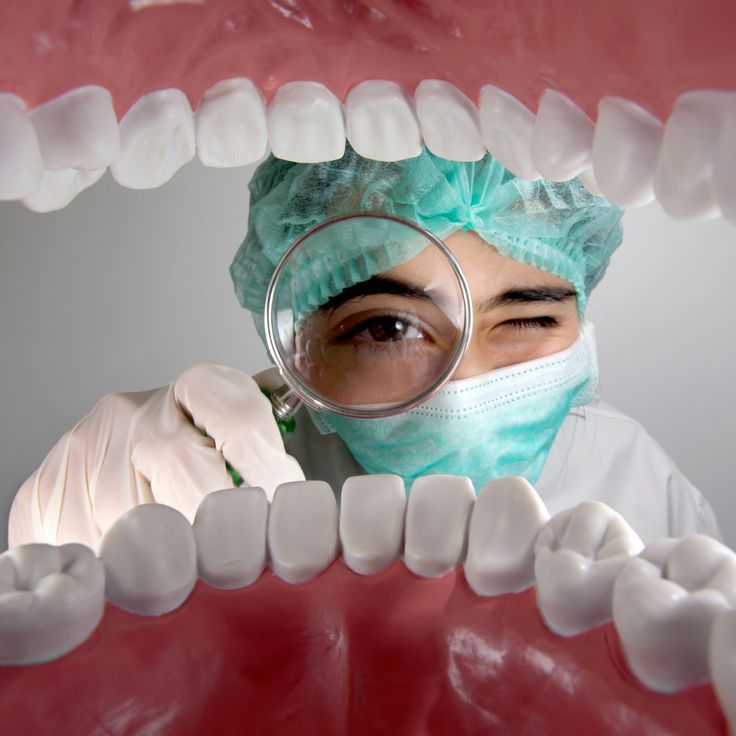Oral Cancer and Its Implications in Oral Health: A Research Perspective
DENTIST
5/22/20252 min read


Oral cancer, a subset of head and neck malignancies, primarily includes squamous cell carcinomas arising in the oral cavity, encompassing the lips, tongue, floor of the mouth, buccal mucosa, hard palate, and gingiva. It accounts for approximately 3% of all cancers globally, with higher incidence rates in regions such as South Asia and parts of Eastern Europe. Despite advances in diagnostic and therapeutic modalities, the prognosis for oral cancer remains poor, with a 5-year survival rate hovering around 50–60%, largely due to late-stage diagnosis.
Etiology and Risk Factors
Tobacco use, in both smoking and smokeless forms, remains the most significant etiological factor in the development of oral cancer. Alcohol consumption synergistically increases the carcinogenic potential of tobacco. Human papillomavirus (HPV), particularly HPV-16, has emerged as a notable risk factor, especially in younger, non-smoking populations. Other contributing factors include poor oral hygiene, chronic irritation from ill-fitting prostheses, and exposure to ultraviolet light (in lip cancers).
Clinical Presentation and Diagnosis
Oral cancers often begin as asymptomatic lesions—leukoplakia (white patches) or erythroplakia (red patches)—that may progress to ulceration, induration, or mass formation. Pain, bleeding, difficulty in mastication, and speech alterations may develop with disease progression. Unfortunately, these signs are frequently overlooked by patients and healthcare providers, leading to delayed diagnosis.
Early detection significantly improves outcomes, making routine oral examinations by dental professionals critical. Diagnostic adjuncts such as toluidine blue staining, brush biopsies, autofluorescence, and salivary biomarkers are being investigated for early identification. Histopathological examination following biopsy remains the gold standard for diagnosis.
Treatment Modalities
Treatment strategies for oral cancer depend on the tumor's stage and location and include surgical resection, radiation therapy, chemotherapy, or a combination of these. Surgical excision is often the primary modality, especially for early-stage lesions. Advanced cases may require reconstructive surgery and adjuvant therapies. Targeted therapies and immunotherapies are emerging fields, offering hope for improved management with reduced systemic toxicity.
Implications for Oral Health
Oral cancer and its treatment have profound and lasting implications on oral health. Surgical resections can lead to functional deficits in speech, mastication, and swallowing. Radiation therapy often results in xerostomia (dry mouth), mucositis, dysgeusia (altered taste), and increased risk of dental caries and osteoradionecrosis. Patients frequently require long-term dental management, including fluoride therapy, prosthodontic rehabilitation, and meticulous oral hygiene regimens.
Dentists play a pivotal role in both prevention and post-treatment care. Preventive strategies involve patient education, tobacco cessation counseling, and routine screening for precancerous lesions. Post-treatment, dental professionals are integral in managing oral complications, ensuring nutritional adequacy, and improving quality of life.
Conclusion
Oral cancer remains a major global health concern with significant implications for oral health and general well-being. Early detection, multidisciplinary treatment approaches, and ongoing supportive dental care are essential to improving survival outcomes and quality of life for affected individuals. Continued research into risk factors, biomarkers, and novel therapies is vital to advance the management of this challenging disease.
